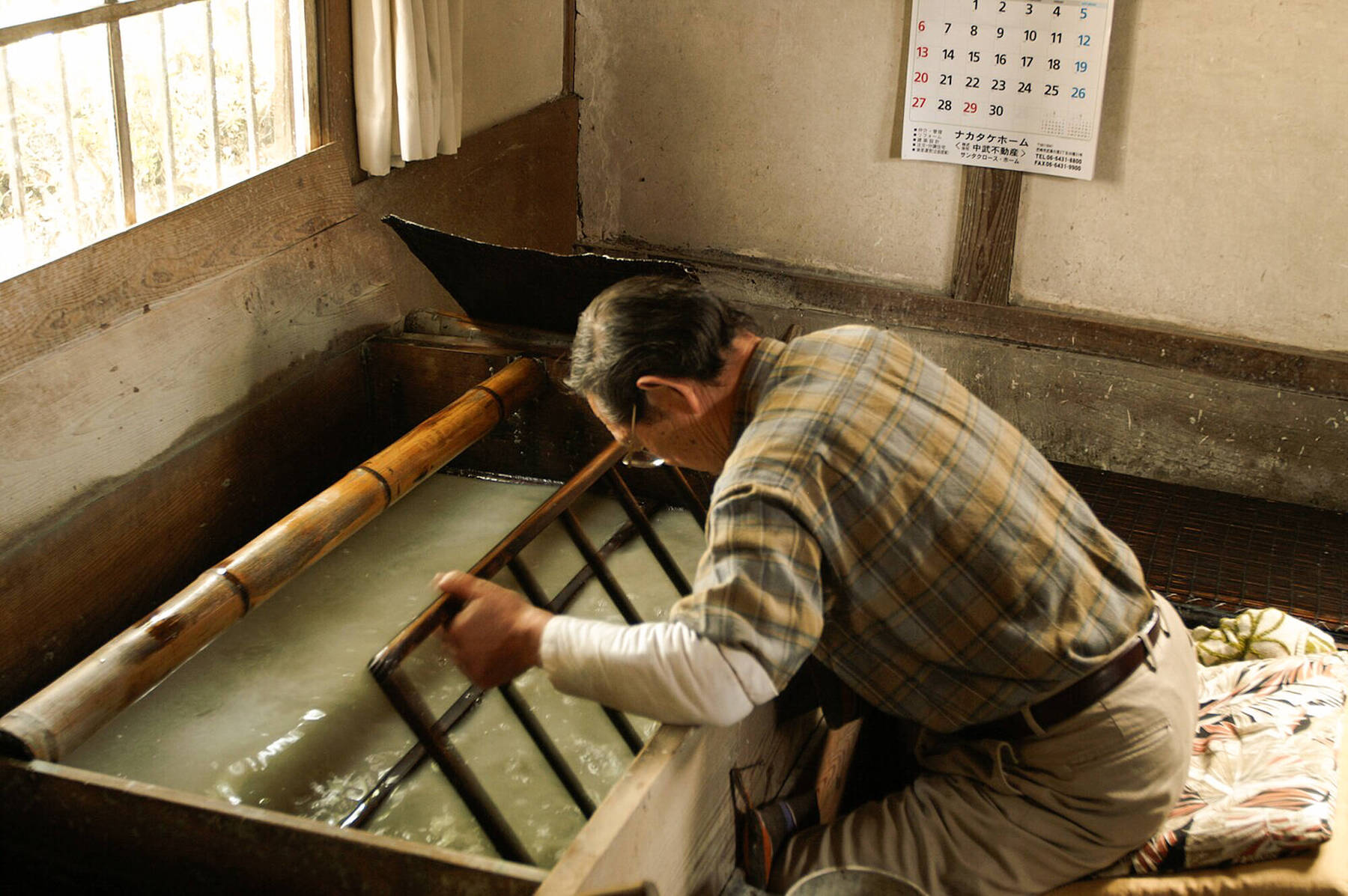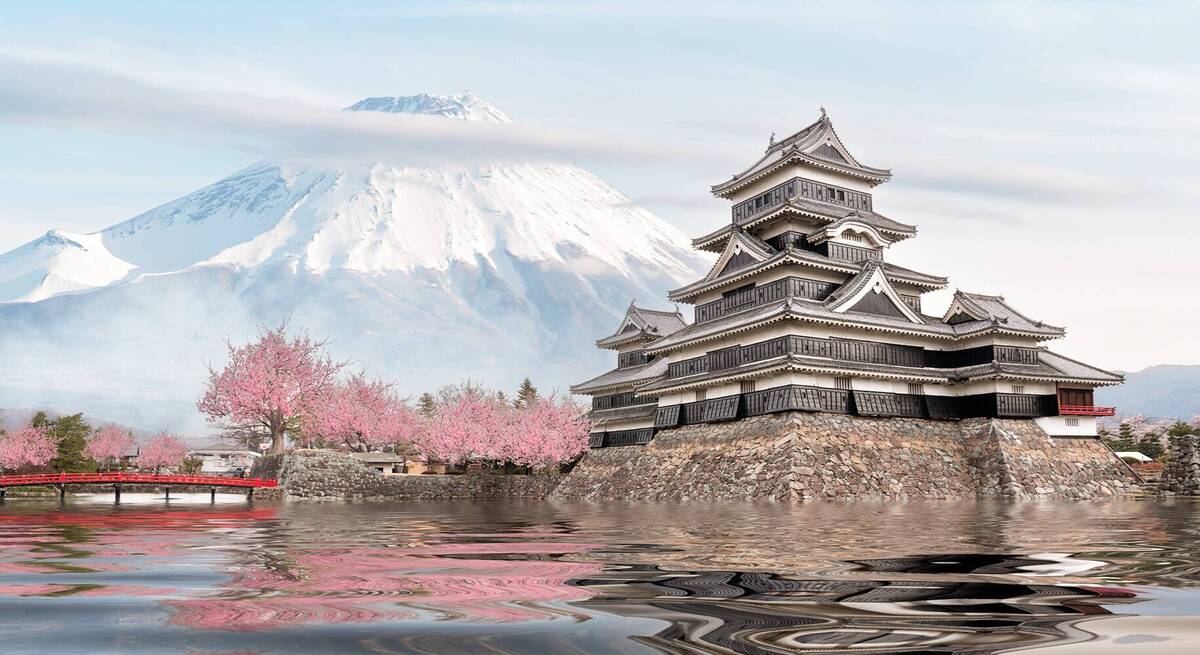Tōshō
For over 1,000 years, samurai swords or 'katana' have been celebrated for their sharpness, resilience, and elegant design. Forged by folding high-carbon steel multiple times, this process removes impurities and creates blades of exceptional strength and beauty. Master swordsmiths, known as Tōshō, dedicate their lives to this craft, undergoing years of rigorous training and preserving techniques passed down through generations.
Visitors can witness this artistry at revered forges like Matsunaga’s in the town of Arao, to watch this renowned swordsmith craft one of his masterpieces firsthand.






















Comments